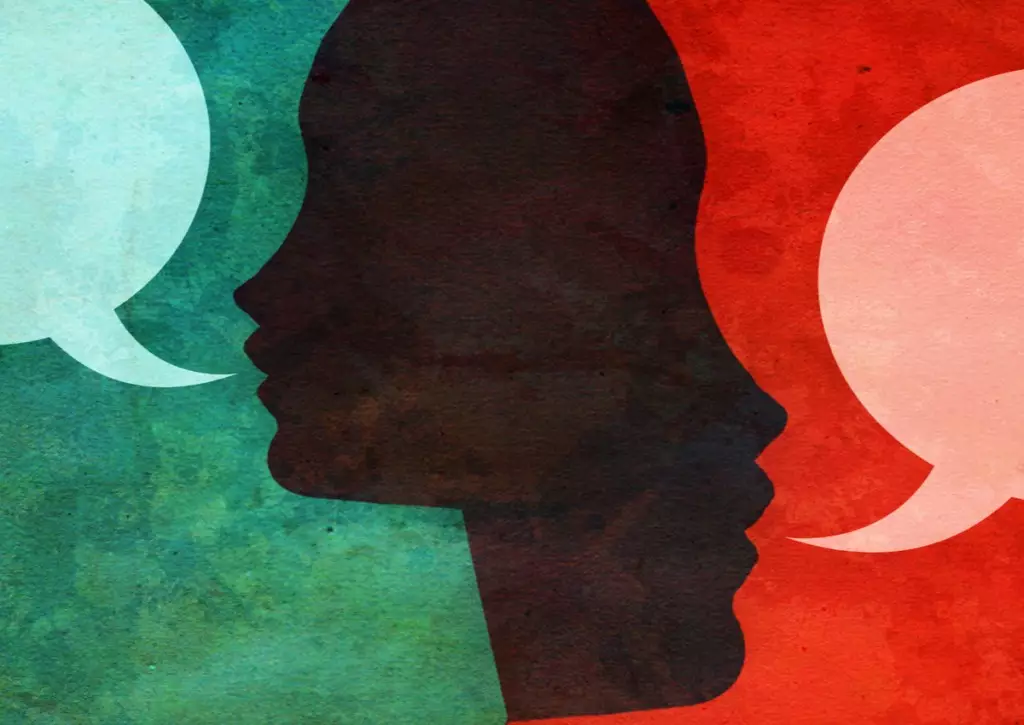In our rapidly advancing digital landscape, voice technology stands as one of the most transformative innovations, promising seamless communication across devices and platforms. However, beneath this veneer of progress lies a stark reality: current voice systems are inherently biased towards those with clear, typical speech patterns, leaving millions of people with speech impairments or atypical vocalizations at a marked disadvantage. As someone deeply involved in developing speech and voice interfaces, I recognize both the tremendous potential and the critical shortcomings of these systems. Moving forward, true innovation must prioritize inclusivity, transforming AI from merely a convenience into a powerful tool of empowerment for all humanity, regardless of how they communicate.
The core issue hinges on the rigidity of standard speech recognition models, which often fail to recognize voices that deviate from normative speech patterns. Whether caused by neurological conditions like cerebral palsy or ALS, speech impediments such as stuttering, or physical trauma affecting vocalization, these individuals face an emotional and practical barrier every time they attempt to speak through technology. Many of these systems simply ignore or misinterpret their speech, leading to frustration, alienation, and even social isolation. The question I continually ask myself is: How can AI be redesigned to recognize and interpret these diverse speech forms accurately, ethically, and compassionately?
Emerging advancements in deep learning and transfer learning are beginning to answer this question. By training models with datasets containing nonstandard speech patterns, AI systems are gradually becoming more flexible and inclusive. This approach allows the system to adapt dynamically to various speech anomalies, thereby improving recognition rates for individuals with speech disabilities. Moreover, generative AI techniques facilitate the creation of synthetic voices that mirror an individual’s unique vocal traits, enabling users to maintain their vocal identity even when physical speech is limited or impossible. Such personalized voice synthesis can serve as a new form of digital self-expression—an extension of oneself rather than a generic, robotic imitation.
The importance of creating adaptable, personalized speech systems extends beyond recognition. For users with speech impairments, turning to synthetic voices can be transformative, restoring a sense of agency and personal connection. Imagine being able to articulate your thoughts and emotions clearly through a voice that sounds truly like you—this is the promise of current generative AI models. Some platforms are even gathering diverse speech data through crowdsourcing, encouraging users worldwide to contribute their unique patterns. This crowdsourced approach enriches the training data, fostering models that are more representative of human variability and, as a result, promoting greater inclusivity across different languages, dialects, and speech styles.
Real-time voice augmentation exemplifies how AI can serve as an immediate aid in daily communication. Systems that process live speech, identify disfluencies or delays, and apply enhancements like smoothing out hesitations or filling in pauses are increasingly sophisticated. They act as assistive co-pilots, empowering users to speak more fluidly and confidently. This technology is especially crucial for people with conditions like stuttering or after vocal trauma, where speech can be inconsistent. The ultimate goal is for AI to act not just as a tool but as a partner—intuitively understanding and amplifying the speaker’s intent, tone, and emotional state.
From an interface perspective, the integration of multimodal inputs—such as facial expressions, gestures, or eye movements—further enhances contextual understanding, making conversational AI more humanlike and empathetic. For instance, systems that analyze facial cues alongside speech can better interpret frustration, enthusiasm, or uncertainty. Such layered processing creates a more natural, meaningful interaction, offering a richer experience for users with complex communication needs. I have witnessed prototypes that reconstruct meaningful speech from residual vocalizations, such as breathy phonations, giving voice back to those who once felt voiceless. These moments underscore that AI’s true power lies in its capacity to restore dignity and human connection.
However, genuine inclusive AI requires careful design, deliberate data collection, and ethical considerations. Building systems that support emotional nuance and non-verbal communication involves confronting challenges around privacy, bias, and transparency. The adoption of federated learning and privacy-preserving techniques ensures sensitive user data remains protected while models continuously improve in diverse contexts. Furthermore, accessible interfaces—like eye-tracking or sip-and-puff controls—must be prioritized alongside speech recognition, ensuring technology is adaptable to various physical abilities. When developers and companies embed accessibility into the core of their design philosophy, they foster environments where all users can thrive.
Making AI truly universal is not merely a moral imperative but also a significant market opportunity. According to the World Health Organization, over a billion people worldwide live with some form of disability. As populations age and language barriers persist, technology designed with inclusivity in mind benefits everyone—whether they are temporarily impaired, multilingual, or simply seeking more natural, expressive communication. Transparent AI systems that can explain their decision-making processes build trust with users, especially those who depend heavily on these tools. When trust and understanding are layered into the design, AI ceases to be a cold machine and becomes a compassionate partner in the human experience.
Ultimately, the future of conversational AI hinges on our willingness to listen—not just to the words spoken but to the diverse voices that still struggle to be heard. By cultivating systems that recognize a broad spectrum of speech, respond with empathy, and honor individual identities, we can redefine what it means to communicate. Progress lies not only in technological capability but in our collective commitment to ensuring that every voice counts, resonates, and is truly understood.


Leave a Reply